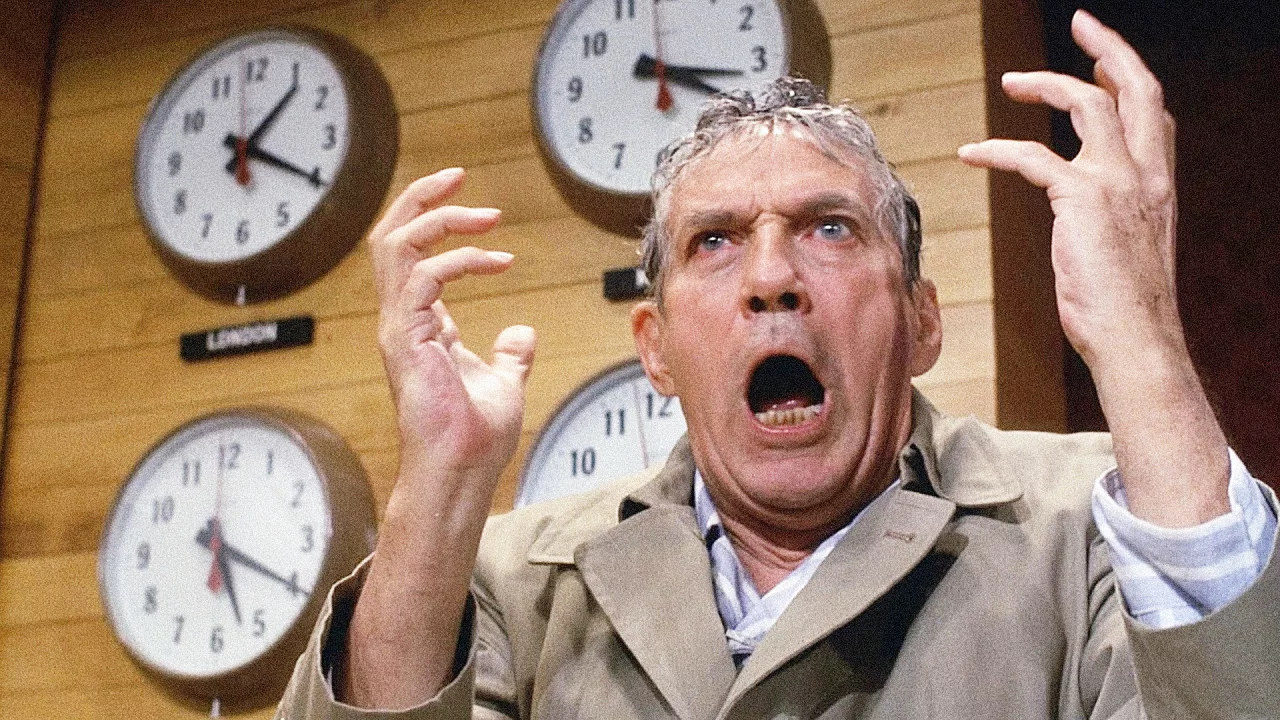 |
| Not A Role Model |
A recent item from my news consumption: the idea that two
years into a pandemic that has exhausted the patience of many, general bad
behavior is just on the rise in lots of places. From unhinged ideas of
legitimate political discourse to increasing rates of violent crime, more deaths
and injuries from aggressive driving, and so on, and so on.
Hell in a handbasket, and it’s left to the reader why the Handbasket
Industry has such a PR problem.
Meanwhile, more and more companies are also moving to remote
workers and fractional employees, either because they have to (hard time to be
a recruiter these days!), or because they want to (hey, look at all of the
money we are saving from not having to pay for an office... plus, no one quit).
Depending on your situation and outlook, this either makes for
the best of times (you’ll get me back in that traffic jam and cubicle over my
cold, dead hands) or the worst (work for a half dozen bosses, get paid a living
wage or health benefits by none of them, and spend every waking hour calculating
how much you aren’t making from some hustle).
Is there any wonder why it’s a hard time to be a marketer?
Try to get someone to engage with your content, attend your
live event, respond to your job posting, get excited by your latest creative
release… and then watch those efforts get overwhelmed by geopolitical forces
(NBC really might be questioning their Olympics commitment right about now), privacy
concerns, Big Tech trying to change the rules of the road, and literally hundreds of daily demands crowding their
attention.
Also, more frequency from everyone, because you aren't getting the same amount of attention that you used to.
Luckily, as marketers, M&AD has the answer to such
problems. It involves two concepts that, if you’ve been on a call with us
before, you’ve likely heard.
Patience and data.
Any marketer that claims they have an immediate and perfect
fix to any problem is someone you should probably walk away from, slowly, while
avoiding eye contact and keeping a good awareness of your wallet. Learning comes
from incremental steps, testing from statistically significant data sets, deviation
from mean and a whole host of other not particularly sexy, grifty, or transformative
concepts. T’was ever thus. You can – sometimes! – skip steps by using the knowledge
that you gained from some other test or gig, but not always. Journey and work,
not end point and magic. If you don't love what you do, please find another way to spend your time.
We will not recover from the shocks of the past few years
all at once. We will not get the people who drive too fast, abuse their
employees, shirk privacy concerns and shout their opinions while brandishing
weapons to have a one-and-done Redemption (or Incarceration?) moment.
Rather, we will bring them back with patience, grace, humor,
kindness and shared humanity. We will remind them, with varying degrees of patience
and candor, that the email needs to be read and replied to, that other people
share the physical and digital road with them, and that marketing and advertising
that only cares about a single thing is, well, very bad marketing and
advertising. Also management.
Creation takes time. Destruction is quick. You can see the
evidence of the creation all around you, which is why the destruction is so
upsetting. Don’t give in to destruction. Fight the good fight. Just like our
best clients, colleagues and friends.



